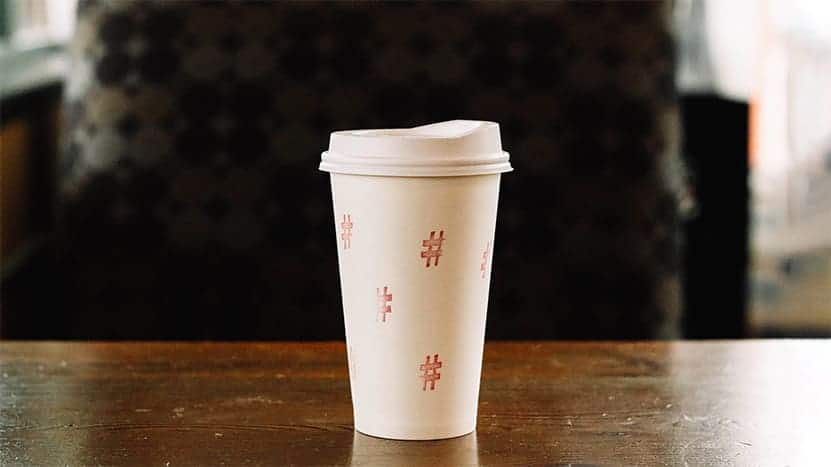Wondering if, how, or when, you should use branded hashtags? We’ll walk you through it.
When Twitter started in 2006, branded hashtags didn’t yet exist. In 2007, Chris Messina proposed using the pound sign in August 2007, but Twitter execs found it “too nerdy”. By 2009, they became a Twitter feature used to organize around words, events, and ideas. And today they’ve spread to most major social networks, including Facebook, Instagram, Pinterest, and LinkedIn, all using branded hashtags.
If you’re thinking about how to promote, they can be a great way to get attention on you, your brand, or an event. But if you’re puzzled by them, we’ve got a quick guide to whether or not you need one, how to make one, and how (or how not) to use them.
What are Branded hashtags, and do I need one?
Branded hashtags are just hashtags specific to your brand (or a product launch or branded event). The short answer is no, you don’t necessarily need to have one just to have one, but they do help direct traffic and create excitement around what you’re promoting.
When hashtags were originally created, the intent was to create a “channel” specific to those looking for info. Back then, this was for a particular event (Chris Messina used it to create a channel for #barcamp). Today, it’s really not that much different—just much, much larger and used across platforms. If you have a huge event, such as #ComicCon, it’s also used by media outlets to find information and may be listed as trending, along with other related hashtags.
How do I make Branded hashtags?
This is the fun (or tricky) part, depending. You’ll want to refer back to your Brand Platform and messaging to make sure you’re speaking in the Brand’s Voice, of course. But there are other considerations when you’re picking one out.
- Make Branded hashtags brief. You want something quick, memorable, and readable. Long hashtags are a burden to type out and hard to read, which discourages people from using them.
- Make Branded hastags relevant. You don’t want to accidentally direct people to something unrelated, or use something overly generic. For example, Greyhound picked “#FOMOOGLF” (or “fear of missing out on Greyhound low fares”) which… what? Greyhound is the only account to have used this tag.
- Avoid double meaning. Unless you’re trying to end up on a “hashtag fails” list, really dig deep for ways your hashtag could possibly be construed as any kind of sex act, as with “#loveDP” or Susan Boyle’s unfortunate “#susanalbumparty”. Make sure it reads the same capitalized and in all lower case.
- Know your current events. Be aware of other trending topics and major news events, and avoid the fate of Entenmann’s “#notguilty” tweet arriving at the same time as Casey Anthony’s not-guilty verdict.
Where and when do I use Branded hashtags?
The best way to use branded hashtags is deliberately. Most readers hate to be clobbered with a long list of hashtags at the end of every post, and your branded tag will get lost in the mix.
But you want it to attract attention, so put it where you have captive or curious attention. Rolling out a new product? Instagram Stories is a perfect place for your audience to see it all by itself in caps. Trying to connect people to your event? Use it in captions on Twitter, Instagram, and Facebook to create an album for your audience to view. And be sure to monitor their performance and tweak your brand strategy as needed.
Want to learn more Branding Topics like “Branded Hashtags”?
Branding For The People has a variety of branding resources, including case studies and courses. Check out our services and learn what Brand For The People can do for your company today!







